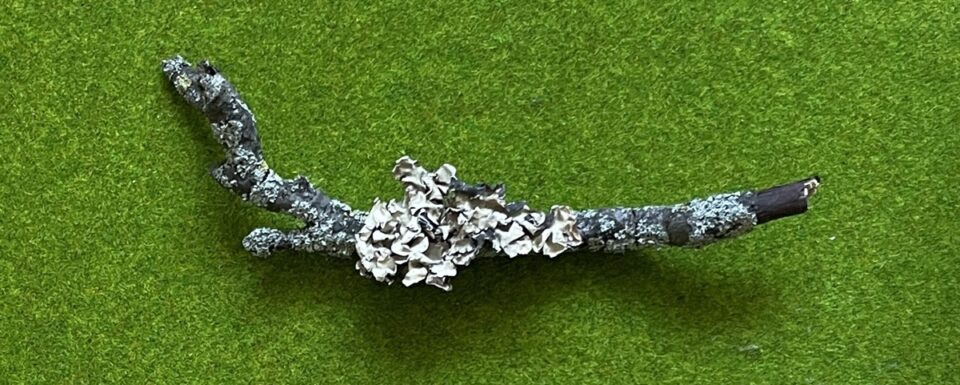

In 1997, Priya Mani fished something strange out of the cauliflower soup she was served at a wedding banquet in India. She didn’t know what it was, she knew only that she was not willing to eat it. Twenty-five years later, her article in Art of Eating shared her discoveries about a spice essentially unknown even in India, one that makes a very elusive contribution to flavour, best described as “you know it when it’s missing”.
Priya Mani eventually identified the strange thing in her soup as a lichen called Parmotrema perfolatum, commonly known in English as black stoneflower. Lichens are an odd group of plants made up of algae or bacteria living within the cells of a fungus. You’ve seen them on rocks and trees, I’m sure. Black stoneflower turns out to be ubiquitous in Indian cooking, though its presence is not often remarked. Its popularity may now be threatening its survival.
Notes
- Priya Mani has two Instagram channels, @priya.mani.design and @cookalore, which is a showcase for her Visual Encyclopaedia of Indian Cooking.
- Her article Tasting a Tasteless Taste: Stoneflower Lichens as a Spice in Indian Food is in Art of Eating No. 111 and, contrary to what I said in the podast, seems to be available to read.
- With apologies for the delay, here is the transcript.
- Banner photo by Priya Mani. Cover photo of putative Black Stone Flower by s_bala.
- You do know about John Wyndham’s book Trouble with Lichen, I hope.


 Emissions
Emissions
